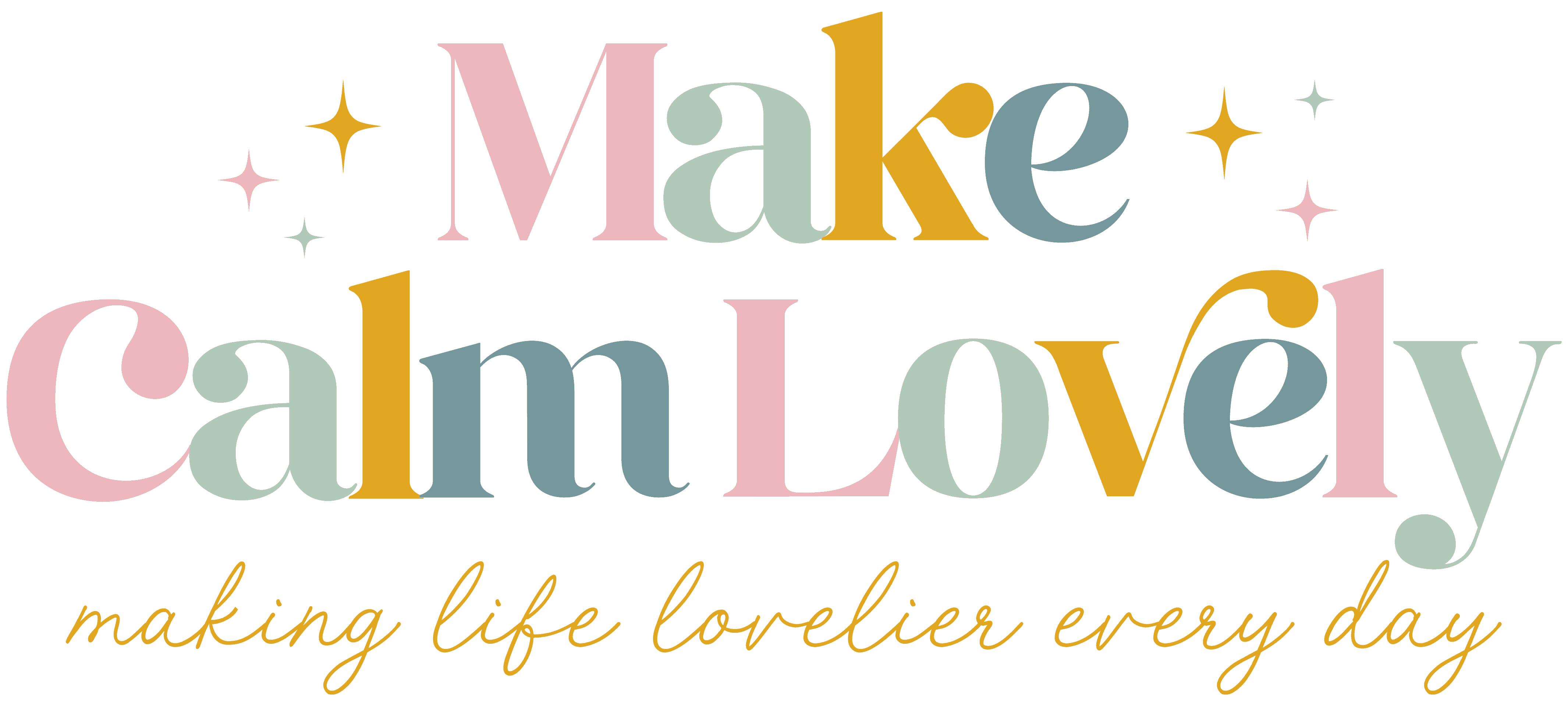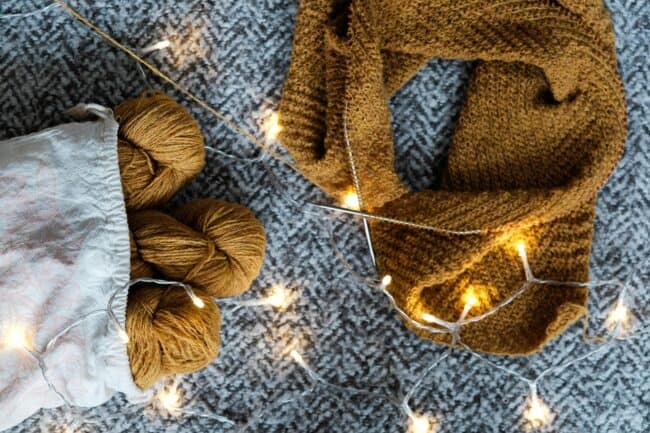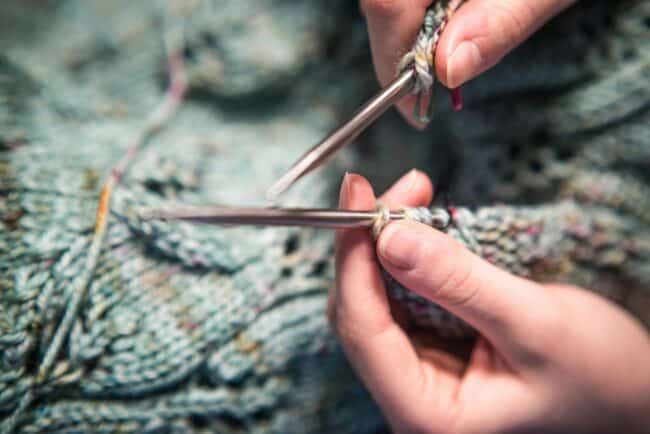How to use Circular Knitting Needles
Circular knitting needles are used to knit projects in the round, and they are also used to knit heavier pieces such as blankets. Find out here what they are, how to use them & more!
Knitting comes with many different types of needle requirements. Usually knitting is done with straight needles, to create flat knitting.
But sometimes there is a need for knitting in the round, or knitting heavier items, that require special circular knitting needles.
Here we let you know what circular knitting needles are, how to use them, how to measure them, what types there are and more!
This post contains affiliate links. This means that if you click on a link in this post and make a purchase via that link I may receive a small commission, at absolutely no additional cost to you.
What are Circular Knitting Needles?
Circular knitting needles are versatile tools used for knitting projects in the round, such as hats, socks, and seamless garments.
They can also be used to knit pieces that are heavier, such as blankets. By spreading out the stitches on a circular needle these projects can be more manageable.
A circular needle consists of two pointed needle tips connected by a flexible cable. Instead of using two separate knitting needles, you just use one circular needle.
Types of Circular Knitting Needles
How to Measure Circular Knitting Needles
Circular knitting needles are used to knit projects in the round, and they are also used to knit heavier pieces such as blankets. Find out here what they are, how to use them & more!



